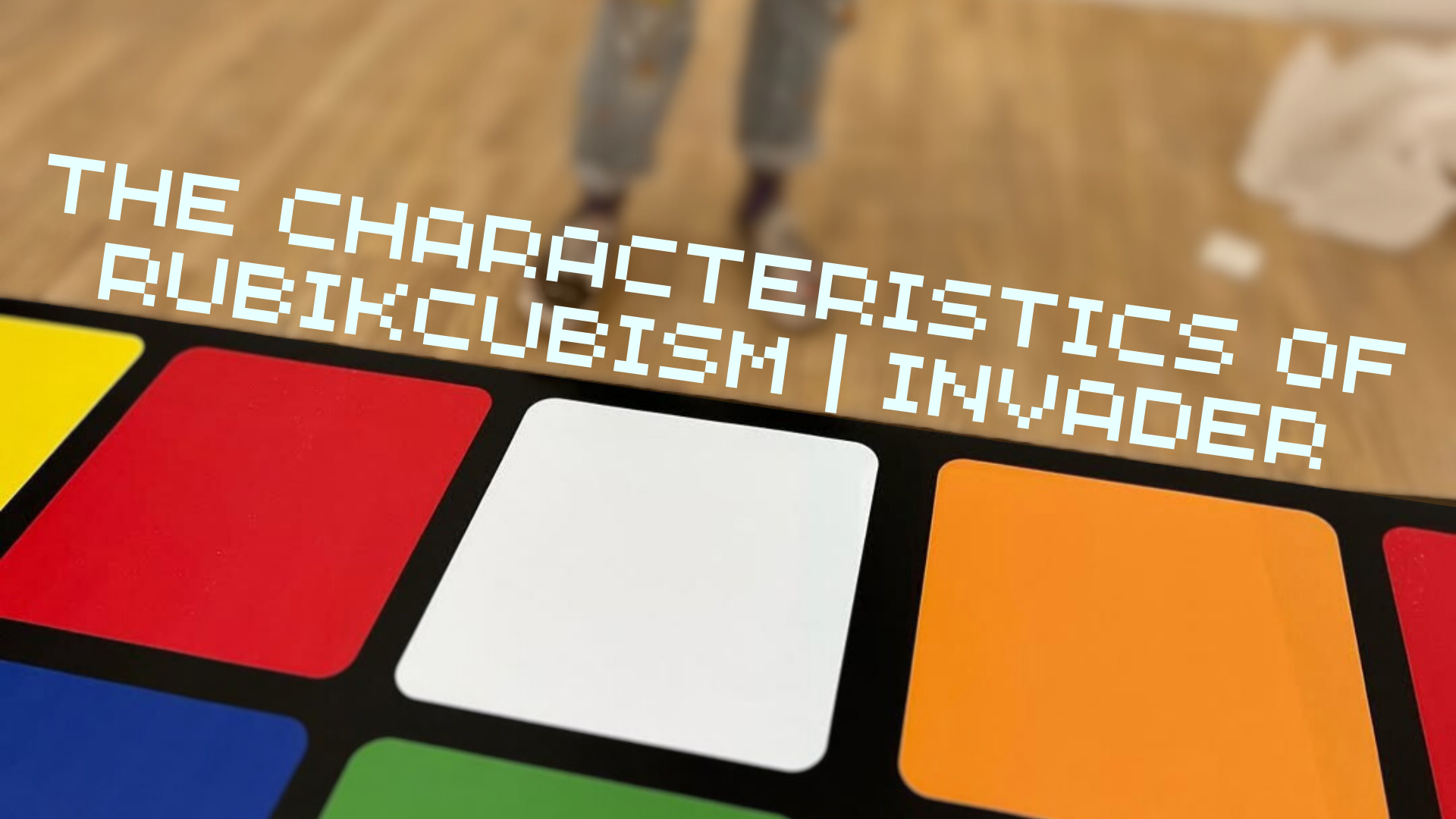Debunking The Mona Lisa Mystery: Are There Multiple Copies?
Read more
Leonardo da Vinci created the Mona Lisa, one of the most significant paintings of the Renaissance period. If you don’t know anything but would like to learn more about its history, check out our previous blog dissecting the history of the Mona Lisa and the advanced painting techniques used to create the masterpiece.
The myth
Da Vinci’s self portrait
Theories about the existence of a different version of the Mona Lisa have circulated for quite some time. However, rumors of different copies and reproductions of the Mona Lisa are widely disregarded by the general public. Most have been dismissed by art historians and experts due to the lack of evidence, and it is widely believed that the painting housed at the Louvre Museum in Paris is the original and the one-and-only Mona Lisa created by da Vinci.
So is this a one-of-a-kind painting?
In fact, no, it isn’t. There is this myth of Leonardo da Vinci where he painted dozens of variations of the Mona Lisa as practices, and they are now scattered around the world. However, there is insufficient indication on whether it is original or not. Therefore, we cannot confirm there is a second or third Mona Lisa that was painted by Leonardo da Vinci. But god knows how many different versions of the Mona Lisa exist, waiting to be discovered.
This painting was commissioned by the del Giocondos, so it should just be like any other painting. But what exactly made Leonardo da Vinci so obsessed with the Mona Lisa, painting this many versions of it? This remains a mystery.
proof of the original
A lot of analysis has taken place just for the sake of justification of the Mona Lisa’s originality. The source of materials, construction, and pigments have also been traced to confirm that the Mona Lisa was created during da Vinci's lifetime.
Back of the Mona Lisa
Canvas
The wooden panel on which the Mona Lisa is painted has been identified as poplar, a wood commonly used for panel paintings in Renaissance Italy. Analysis of the panel's construction and age also points to it being created during da Vinci's lifetime.
Carbon dating
It is the practice of estimating the year of manufacture by counting the remaining carbon-14 atoms. It works because every living organism loses its carbon-14 atoms and changes into other atoms once it dies.
For example, The Isleworth painting, an earlier version of the Mona Lisa, was found almost certainly manufactured between 1410 and 1455, proving that it was related to the Renaissance period.
Pigments
A team of researchers found that the painting da Vinci created had lead white pigment on the lowest layer of the canvas. Infusing his oil with lead monoxide (PbO), he could create highlights and brighten certain areas of the painting. Lead monoxide is commonly used in Renaissance paintings, but it is known for its toxicity.
In addition, a much rarer lead compound: plumbonacrite (Pb5[CO3]O[OH]2) was found in the painting. It is believed that it is formed by the reaction of lead monoxide, water, and carbon dioxide under the presence of a base.
Other pigments such as vermillion, copper green, and organic pigments were all probably used in the making of the Mona Lisa.
Medium
The Mona Lisa was painted using oil paints, a relatively new medium during da Vinci's lifetime that allowed for greater blending and mixing techniques. The common painting medium before was tempera, a water-based medium made from pigments and a binder of glutinous materials such as egg yolks.
Leonardo da Vinci was one of the first Italian Renaissance artists who added oil to tempera to try and overcome its drawbacks of drying too quickly. It was later called “tempera grassa”. Some think that the Mona Lisa was a tempera grassa work. However, it is unsure whether he implemented it in the Mona Lisa.
Most believe that it is painted solely with oil paint. Scientific analysis of the painting's materials and techniques has conclusively determined that Leonardo da Vinci used oil paints as the primary medium for the Mona Lisa.
During Leonardo da Vinci's lifetime, oil painting became increasingly popular and refined, and it ended up replacing the tempera-based painting techniques that dominated the art world for a long time, and Da Vinci was at the forefront of this artistic shift. The prime example of such oil painting is of course The Mona Lisa, and is now considered a masterpiece of the emerging oil painting tradition.
Human Geometry
Da Vinci implemented the golden ratio Euclid invented into the Mona Lisa. Da Vinci incorporated the golden ratio and other geometric proportions into the Mona Lisa's composition, from the facial features to the overall layout of the painting. These mathematical principles helped create a harmonious and aesthetically pleasing arrangement of the subject.
Details of the accuracy of anatomy, and the composition are all consistent with da Vinci's hand. Such evidence makes historians and experts believe that the Mona Lisa in the Louvre is without a doubt the original version painted by the Italian polymath himself.
lack of alternatives
While there are some other versions of the Mona Lisa, none can be proven to be an original da Vinci work. The Louvre's painting remains the only one with comprehensive documentation, provenance, and public acceptance as the authentic original.
Variations
The Isleworth Mona Lisa
It was discovered in the early 20th century and was painted 10 years before the start of the painting of the iconic Mona Lisa. It depicts the model in a younger state with the same smile, pose, and background.
After extensive analysis and study, the Isleworth Mona Lisa is now generally considered to be a work da Vinci left unfinished and was completed by another artist who probably is not related to da Vinci because of the time difference of a century.
Comparative analysis of the Isleworth Mona Lisa with da Vinci's known works has revealed both similarities and differences in the style, technique, and materials used. Some scholars argue the Isleworth version exhibits da Vinci's characteristic from the sfumato technique and attention to detail, while others claim it lacks the refinement and quality of the Louvre's Mona Lisa.
The Prado Mona Lisa
It is another copy found in the workshop of Leonardo da Vinci. It is believed to be painted by one of the students Leonardo da Vinci, or even an incomplete study for the final Mona Lisa painting.
The Prado version shares many similarities with the Louvre Mona Lisa, including the sitter's pose, clothing, and overall composition. However, there are also some subtle differences in details like the sitter's hands and the background landscape.
Before it was restored in 2012, the background looked blacked out and no landscape was visible. It is unsure whether the black paint on the background was intensional or a result of the oxidation of pigments.
These two variations of the Mona Lisa are the most relatable to the original painter and painting, and both have their significance in the history of the creation of the Mona Lisa.
However, there are still a lot of Mona Lisas we haven't covered. Including Vernon's Mona Lisa, The Reynolds’ Mona Lisa, Oslo Copy, and the Flemish Copy. We may never trace every single one. Some may be recreated by other artists who are interested in the original; while others may be initially painted by da Vinci. But at the end of the day, we will never know…
Please do not hesitate to leave a comment below as we are a new aspiring website. We would like to receive as much feedback as possible as we would like to optimize the user’s experience on our website! So please do-so and offer us your invaluable ideas!
All rights reserved
~
We do not own any copyrights to the photos used
~
All rights reserved ~ We do not own any copyrights to the photos used ~


































